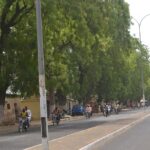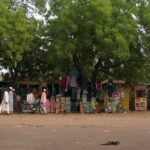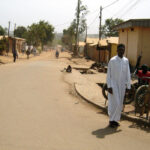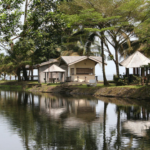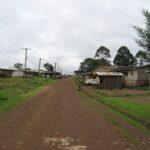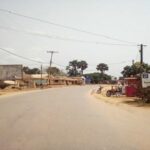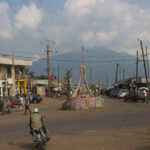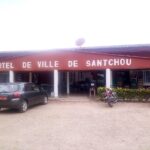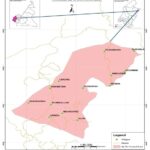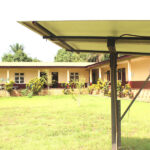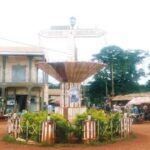Yaoundé
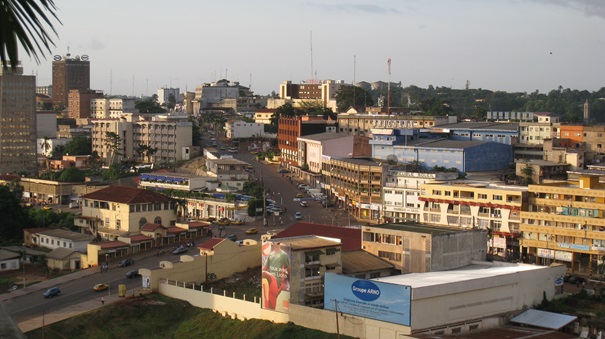
Yaoundé is the capital city of Cameroon, located in the central region of the country. It has a population of over 3 million people and is the second-largest city in Cameroon after Douala.
The city was founded in the late 19th century as a German colonial outpost, and it became the capital of Cameroon after the country gained independence from France in 1960. Today, Yaoundé is a major economic and cultural centre in Cameroon, with a diverse range of industries including government services, education, manufacturing, and tourism.
Yaoundé is known for its scenic location, situated on several hills overlooking the surrounding area. The city is home to several important cultural and historical landmarks, including the National Museum of Cameroon, which houses an extensive collection of traditional art and artefacts, and the Reunification Monument, which commemorates Cameroon’s reunification after independence.
Other notable attractions in Yaoundé include the Mefou National Park, which is home to a variety of wildlife including gorillas, chimpanzees, and elephants, and the Mont Febe Golf Course, which is considered one of the best golf courses in Central Africa.
The city also hosts several important events and festivals throughout the year, including the Yaoundé International Jazz Festival and the National Arts and Culture Festival.
Yaoundé is located in the Centre region of Cameroon and serves as the regional capital. The Centre region is divided into ten divisions, two of which are located within the city of Yaoundé. The ten divisions of the Centre region are:
- Haute-Sanaga
- Lekié
- Mbam-et-Inoubou
- Mbam-et-Kim
- Mefou-et-Afamba
- Mefou-et-Akono
- Mfoundi
- Nyong-et-Kellé
- Nyong-et-Mfoumou
- Nyong-et-So’o
The two divisions that include parts of Yaoundé are:
- Mfoundi – This division includes the central area of Yaoundé, including the city centre, the presidential palace, and many of the city’s administrative buildings.
- Mefou-et-Afamba – This division includes the eastern part of Yaoundé, as well as several rural communities and wildlife reserves.
Each division is governed by a prefect, who is appointed by the president of Cameroon and is responsible for maintaining law and order within the division. The prefect is assisted by a divisional council, which is responsible for local administration and development.
Yaoundé is divided into seven administrative districts, known as sub-divisions(arrondissement). Each sub-division is further divided into neighbourhoods or quartiers. The seven sub-divisions of Yaoundé are:
- Arrondissement de Yaoundé 1er (1st district)
- Arrondissement de Yaoundé 2e (2nd district)
- Arrondissement de Yaoundé 3e (3rd district)
- Arrondissement de Yaoundé 4e (4th district)
- Arrondissement de Yaoundé 5e (5th district)
- Arrondissement de Yaoundé 6e (6th district)
- Arrondissement de Yaoundé 7e (7th district)
Each arrondissement is governed by a local council and a mayor, who is appointed by the president of Cameroon. The neighbourhoods within each sub-division are governed by neighbourhood committees, which are responsible for local administration and development.
Some of the major neighbourhoods in Yaoundé include Bastos, a wealthy residential area that is home to many foreign embassies and diplomatic missions; Nlongkak, a commercial district with many shops and markets; and Mvog-Mbi, a densely populated neighbourhood known for its nightlife and street markets.
Yaoundé is also home to several important government buildings, including the presidential palace, the National Assembly, and the Supreme Court.
